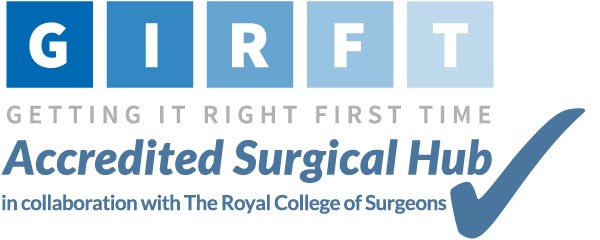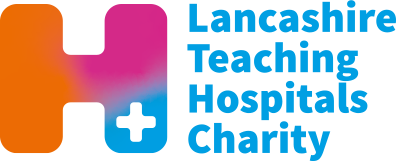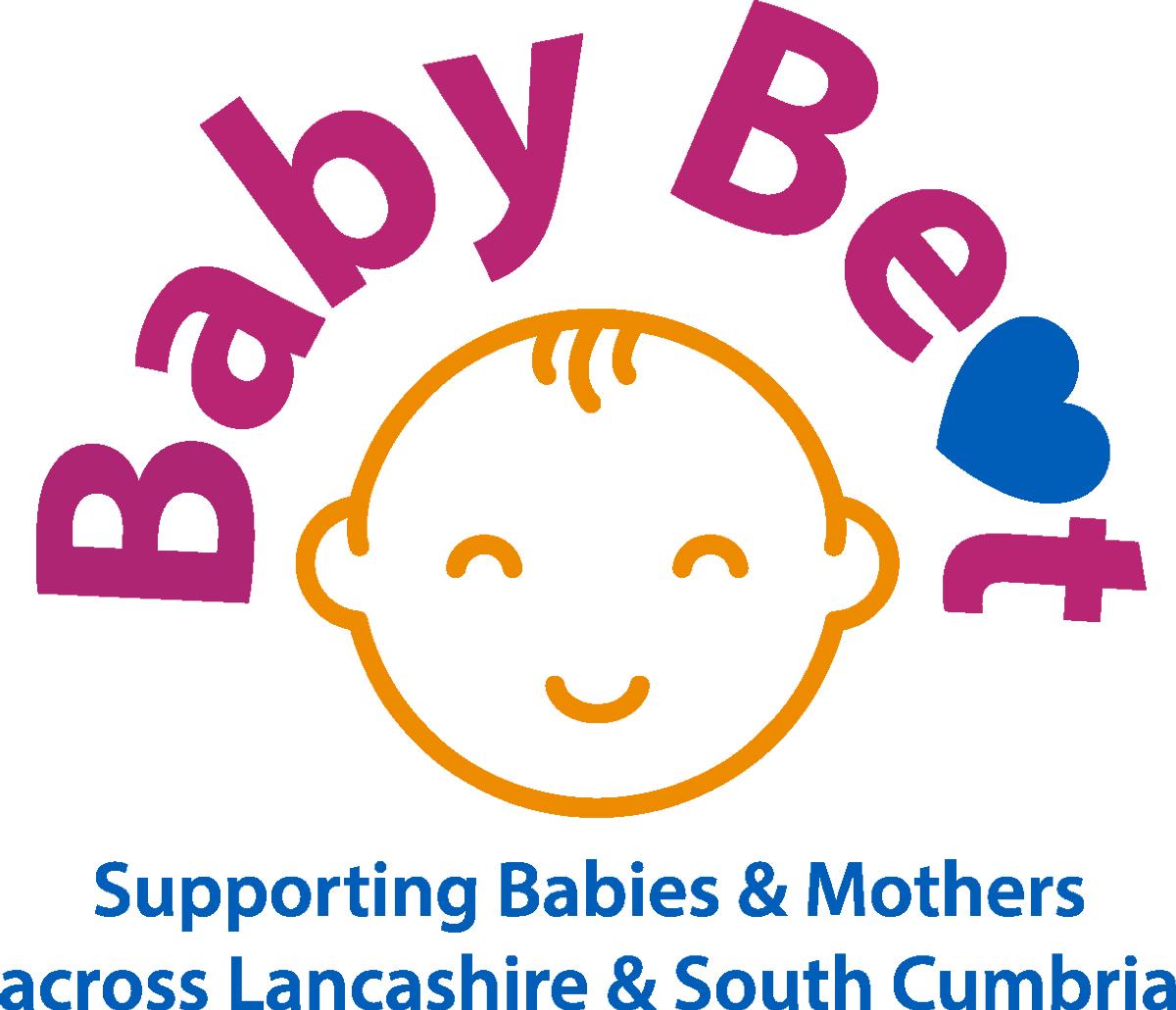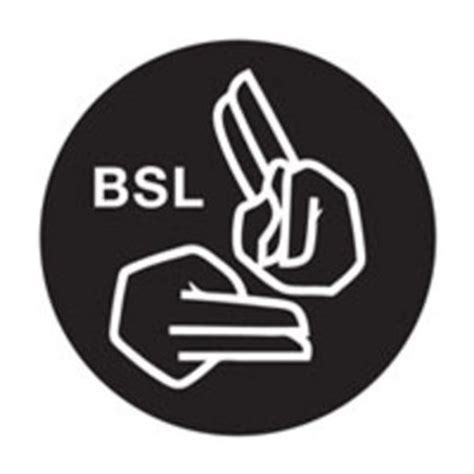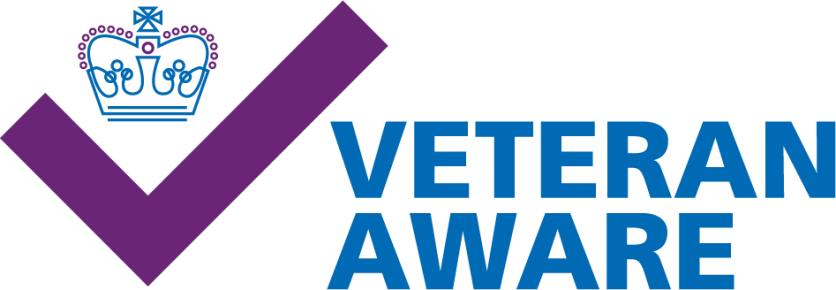Why do babies have their hearing tested at birth?
1 to 2 babies in every 1,000 are born with a hearing loss in one or both ears, 90% of whom are born into families with no history of hearing loss.
The NHS Newborn Hearing Screening Programme (NHSP) offers all parents in England the opportunity to have their baby’s hearing screened shortly after birth.
The aim of the programme is to identify those babies who require further testing to identify moderate, severe and profound bilateral deafness and hearing impairment in newborn babies.
Early identification of hearing impairment gives children a better chance of developing speech and language skills, and to make the most of social and emotional interaction from an early age.
The Lancashire Teaching Hospital NHS Foundation Trust newborn hearing screening service is responsible for completing the hearing screen for any baby resident in Preston and Chorley district.
Parents are offered a hearing screen for their baby before they leave Royal Preston Hospital or as an outpatient if delivered at Chorley Hospital or a home birth.
How do you test the hearing of a newborn baby?
The programme screens babies’ hearing using two methods; both are usually carried out when the baby is asleep or settled:
- Automated Otoacoustic Emissions (AOAE).
This only takes a few minutes and is painless and safe. A small soft tipped earpiece is placed in the outer part of the baby’s ear, clicking sounds are then sent down the ear canal. When a hearing ear receives the sound, the cochlea produces a sound in response which can be picked up by a tiny microphone in the earpiece, this then produces an outcome of a clear response.
- Automated Auditory Brainstem Response (AABR)
This may be offered if the AOAE screen does not show a clear response in one or both ears. The AABR screen takes a little longer and looks at the responses from the baby’s hearing nerve to sound. Three small sensors are placed on the baby’s head and neck, small ear muffs are placed over the babies ear. The equipment detects the hearing nerves response to sound being played through the ear muffs.
The parents are given the results of the screen immediately after the screen has been completed; the details of the screen are also recorded in the parent held child record (red book) and on the newborn hearing screening system S4H.
What happens after the hearing screen?
Parents of babies who show clear responses from both ears are given checklists of the sounds that the baby should react to and the types of sounds they should make as they grow older. They are advised to monitor their child’s hearing as they grow up and if they have any concerns to discuss them with their health visitor or GP who may then go on to refer baby into our Audiology department in Preston
Some babies who pass the hearing screen are referred for a second hearing check when the baby reaches 8 months of age; these tend to be babies who have risk factors associated with progressive hearing loss.
Babies who do not show a clear response in one or both ears to either screening methods are referred to the local audiology department in Preston for diagnostic assessments. They should be seen in audiology within 4 weeks of screen completion. Following an audiology appointment if any hearing loss is identified a multiagency approach is adopted with parents, audiology, education, paediatrics and speech therapy working closely to identify the best care package for the child and family be this family support, communication support or specific technology based intervention such as hearing aids or cochlear implants.
What happens if a baby misses the hearing screen?
Every effort is made to ensure all babies are offered the hearing screen. Babies can have the hearing screen completed up to 12 weeks of age but ideally the screen should be completed within the first 4 weeks of birth for babies born at term. If a baby has missed the hearing screen parents can self refer into the service or any health professional can refer with consent from the parents up to the baby reaching 12 weeks corrected age.
Once a baby reaches 12 weeks corrected age, if the hearing screen has not been completed they will need to be referred directly to Audiology either as a parental referral or a professional referral.
What about babies who move into the area?
If a baby is born in the UK their hearing screen should have been completed at birth by the local hearing screening team, you will need to check the parent held child record (red book) or contact the NHSP admin office where we can find the babies hearing screening results on the national database.
If the baby is born outside the UK and is less than 12 weeks corrected age contact the NHSP admin office and we can arrange a hearing screen to be completed. If the baby is older than 12 weeks corrected age they will need to be referred to Audiology
Language and BSL interpreters.
It is so important that we ensure our patients have the facility to communicate to us clearly and us to them during their care.
We now have on-demand language interpreters through an APP with DA Languages
For our deaf community, we have Co-Sign BSL interpreters via video available 24 hours 7 days a week,
Still in place is ‘The Big Word’ who as before offer face to face, telephone and written translation when needed.
Where to access further information?
Leaflets for Screening tests for you and your baby and your babys visit to the audiology clinic can be found at https://www.gov.uk/government/publications/newborn-hearing-screening.
These are also available in different languages.
